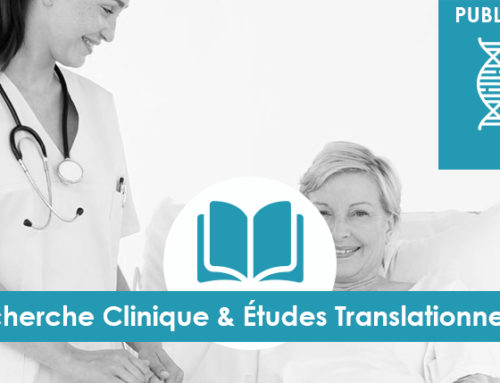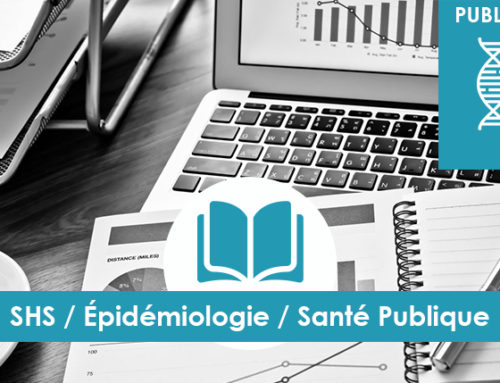Diffusion-weighted MRI and PET/CT reproducibility in epithelial ovarian cancers during neoadjuvant chemotherapy
Diagn Interv Imaging, Oct 2021
Amandine Crombé, Lisa Gauquelin, Stéphanie Nougaret, Marine Chicart, Marina Pulido, Anne Floquet, Frédéric Guyon, Sabrina Croce, Michèle Kind, Anne-Laure Cazeau
https://pubmed.ncbi.nlm.nih.gov/34112625/
DOI: 10.1016/j.diii.2021.05.007
Abstract
Purpose: To investigate the reproducibility of diffusion-weighted (DW) MRI and 18F-Fluorodeoxyglucose (18F-FDG)-Positron emission tomography/CT (PET/CT) in monitoring response to neoadjuvant chemotherapy in epithelial ovarian cancer.
Materials and methods: Ten women (median age, 67 years; range: 41.8-77.3 years) with stage IIIC-IV epithelial ovarian cancers were included in this prospective trial (NCT02792959) between 2014 and 2016. All underwent initial laparoscopic staging, four cycles of carboplatine-paclitaxel-based chemotherapy and interval debulking surgery. PET/CT and DW-MRI were performed at baseline (C0), after one cycle (C1) and before surgery (C4). Two nuclear physicians and two radiologists assessed five anatomic sites for the presence of ≥1 lesion. Target lesions in each site were defined and their apparent diffusion coefficient (ADC), maximal standardized uptake value (SUV-max), SUV-mean, SUL-peak, metabolic tumor volume (MTV) and total lesion glycolysis (TLG) were monitored (i.e., 10 patients ×5 sites ×3 time-points). Their relative early and late changes were calculated. Intra/inter-observer reproducibilities of qualitative and quantitative analysis were estimated with Kappa and intra-class correlation coefficients (ICCs).
Results: For both modalities, inter- and intra-observer agreement percentages were excellent for initial staging but declined later for DW-MRI, leading to lower Kappa values for inter- and intra-observer variability (0.949 and 1 at C0, vs. 0.633 and 0.643 at C4, respectively) while Kappa values remained>0.8 for PET/CT. Inter- and intra-observer ICCs were>0.75 for SUV-max, SUL-peak, SUV-mean and their change regardless the time-point. ADC showed lower ICCs (range: 0.013-0.811). ANOVA found significant influences of the evaluation time, the measurement used (ADC, SUV-max, SUV-mean, SUV-max, SUL-peak, MTV or TLG) and their interaction on ICC values (P=0.0023, P<0.0001 and P =0.0028, respectively).
Conclusion: While both modalities demonstrated high reproducibility at baseline, only SUV-max, SUL-peak, SUV-mean and their changes maintained high reproducibility during chemotherapy.
Keywords: Biomarkers; Carcinoma, Ovarian epithelial; Diffusion-weighted magnetic resonance imaging; Positron-emission tomography/Computed tomography; Reproducibility of results; Tumors.




